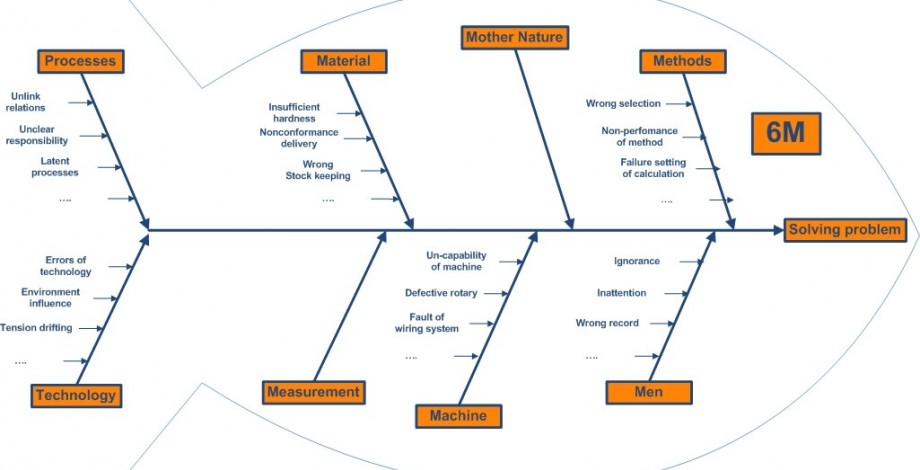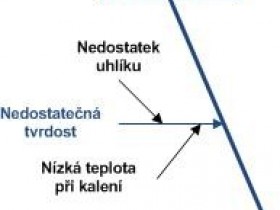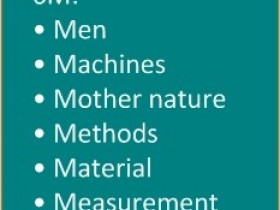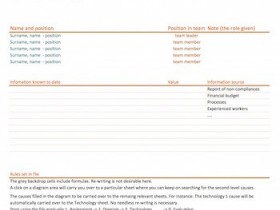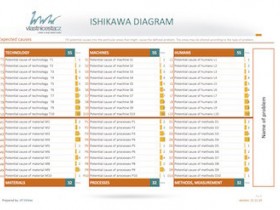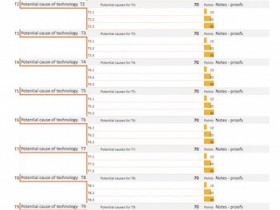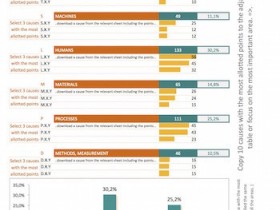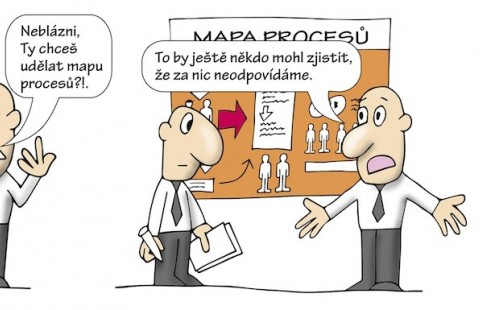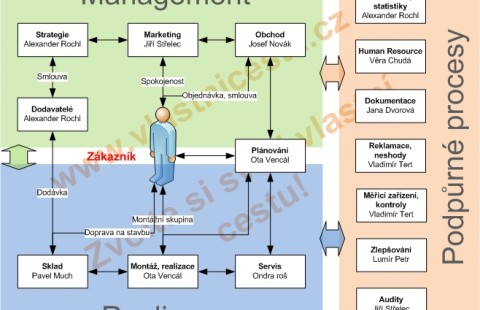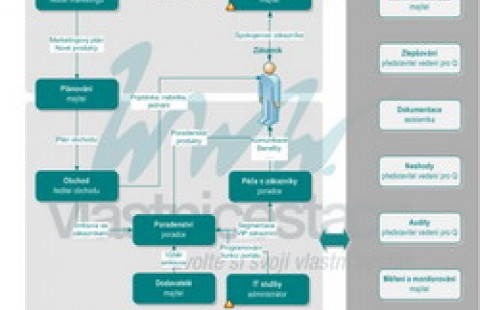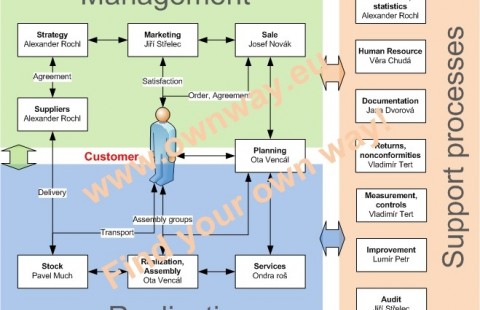The Ishikawa diagram is a diagram of causes and their effects aimed at finding the most likely cause of the problem being solved. The quality of products and services cannot be improved unless we have found the real cause of the faults being generated.
Ishikawa diagram is a cause-and-effect diagram, its purpose is to find the most probably cause of problem being solved. The diagram has been described and implemented by Kaoru Ishikawa. The diagram is sometimes called the Fishbone diagram for its appearance. Just this diagram is very often used in the quality discipline. Not any consulting should not avoid use it for looking for the problem causes and nonconformities nowadays.
It is based on the basic principle – each and every effect (a problem) has its cause or combination of causes. If you are not able to start a car it can be a set of causes – flat battery, shortage of fuel, imperfect plugs, electrical circuit shortage, broken central control section, etc. To be able to identify the problem’s solution, the causes are demonstrated into the chart.
During the Ishikawa diagram creation the brainstorming method shall be used in order to help us to specify all, even low probable, causes of solved problem. It is a method used in teamwork.
Description of Ishikawa diagram creation
There is an effect at the beginning, which has already happened or might happen as a potential and we would like to avoid its formation. Prepare for yourself a big sheet of paper, the Ishikawa chart you will draw on it. It is useful to use more colors for each area or for the most probable causes. Then do the followings:
- Prepare a team of colleagues who are somehow interested in the problem
- Draw a rectangle on the sheet and write into a problem to be solved. Draw a horizontal line from the rectangle as a fish’s backbone.
- Add branches (bones) to the backbone and write down general areas, the causes can occur from:
- material
- processes
- methods
- maintenance
- machines
- men
- mother nature
- Define potential causes, a brainstorming can used, and add them to relevant bones, as well called as general areas
- When all of your ideas and possibilities are exhausted, let’s every member of your team to evaluate the causes with weight factors.
- Analyze the causes with the highest weight factors
- Add data from the reporting system or dashboard (if they are available) to analyzed causes
- use the Pareto analysis to prioritize the causes solution
- define clear tasks for causes solving
- Check the re-occurrence of the problem. If the problem is not detected again you have found the root cause. If it is detected you should look for new causes, relation among causes, etc.
You can use this method for sub-causes specification, it means to analyze specified causes and look for causes of the causes. For example insufficient temper can be caused with insufficient amount of carbon, low temperature during hardening process, etc. Please remember there is not a good approach to create plenty of sub-causes levels.

